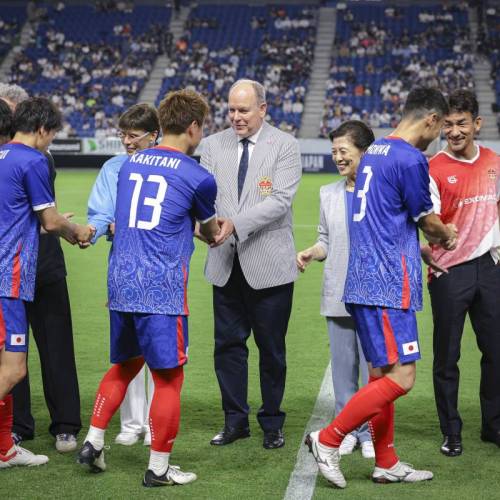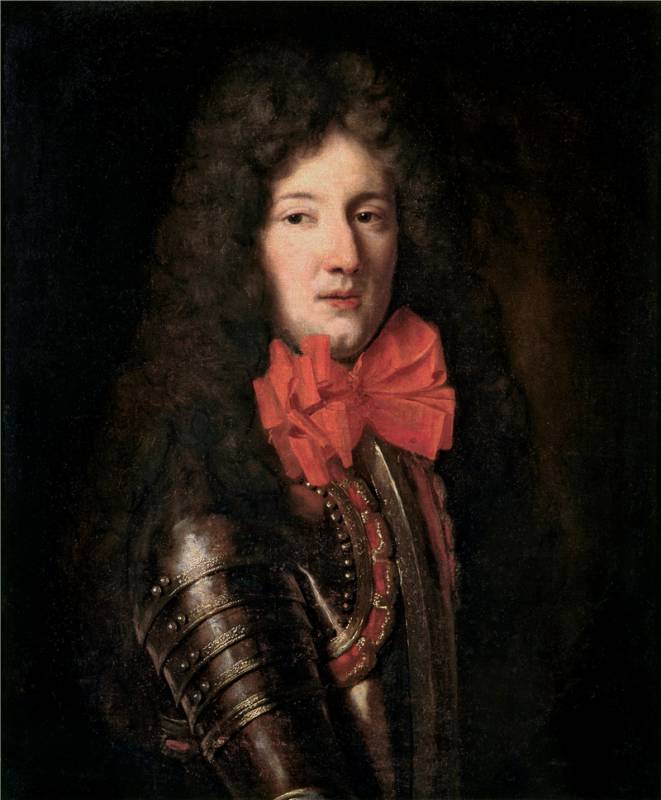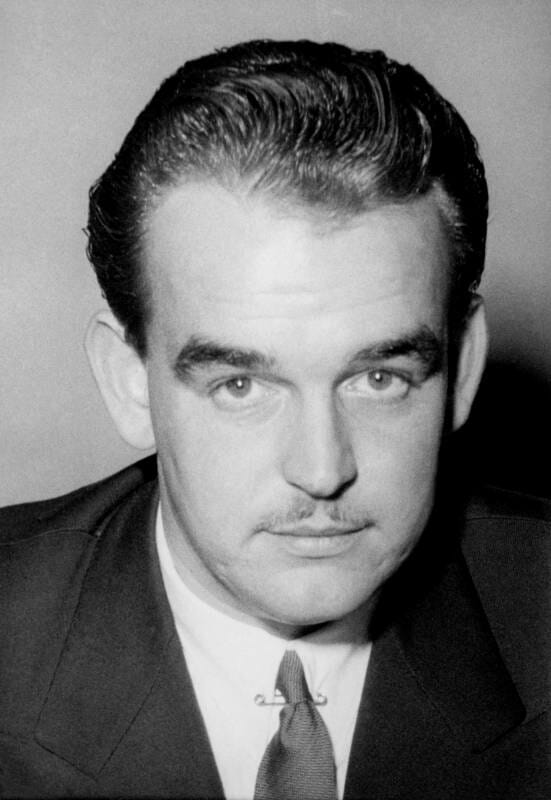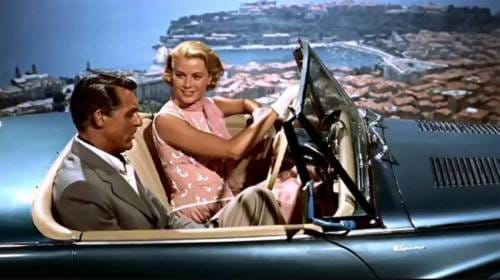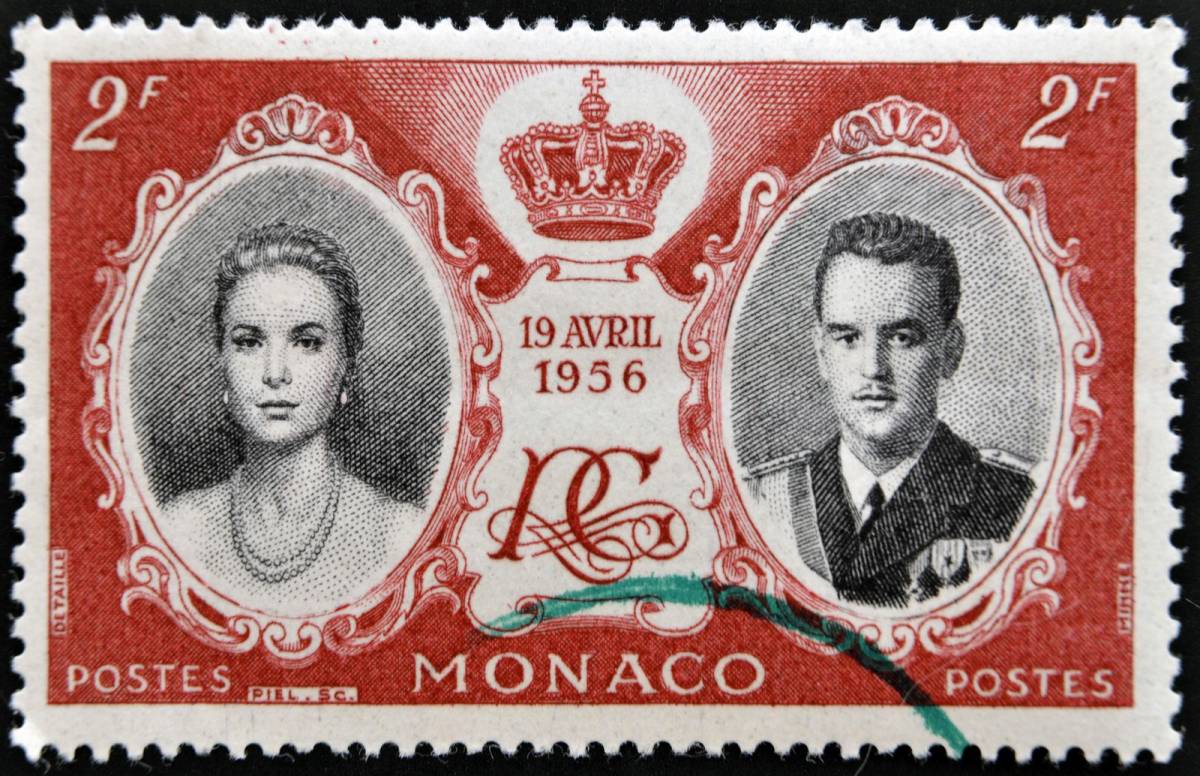We continue to share with you the historical chronicle of the Principality of Monaco, revealing the most interesting stories and fate of the rulers of the Principality. In the previous winter issue of HelloMonaco, we covered Honoré II, Monaco’s first ruler formally titled «sovereign prince». His grandson Prince Louis I of Monaco continued the politics of Honoré II and strengthened relations between his little country and its mighty neighbour — France.
The second Prince of Monaco
The key figures in the life of Prince Louis I of Monaco were his grandfather Prince Honoré II, his wife Catherine-Charlotte de Gramont, and most definitely the Sun King of France, Louis XIV.
When Louis was born in 1642 to then Hereditary Prince Hercule (son of Honoré II), King Louis XIV of France had stood as his godfather and the little prince, also titled Duc de Valentinois, was named in his honour. Hercule Grimaldi suddenly died in 1651, so Louis who was just 10 years old became new successor to Honoré II.
It was Honoré II, the first Prince of Monaco, who had wisely and with great patience and skill switched liaisons from Spain to France, then under Louis XIII, expelling the Spanish from the Rock in a precision military operation in 1641. In the seventeenth century to survive and thrive as an independent state Monaco had to secure an alliance with one of the great powers and the choice of France as its protecting power proved to be strategically pivotal, a decision that has lasted to this day.
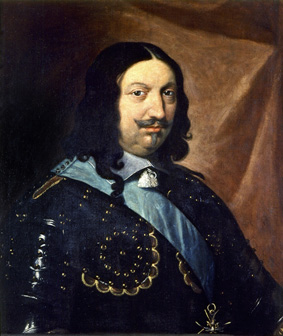
In 1662 Honoré II had died. The Duc de Valentinois succeeded his grandfather as Prince of Monaco, Louis I. And it fell to Louis I to foster the relationship at the Court of Versailles and above all create strong relations with the Sun King, the Grand Monarch of France.
Wedding Catherine-Charlotte de Gramont in 1660 was to prove decisive in courting the favour of Louis XIV. She was the daughter of a key personality in the King’s entourage, Marshal of France Antoine de Gramont who himself favoured the union. Her mother was Marguerite Duplessis de Chivré, a niece of Cardinal Richelieu. Catherine herself was larger than life and a beauty that had caught the eye of a number of aristocrats in Louis XIV’s circle, but especially with the King himself. She was exceptionally beautiful, an absolute star in Versailles and her dalliances with the King smoothed the way for her husband, who was complicit in her role as one of the King’s mistresses, which undoubtedly maintained him in Louis Fourteenth’s good graces.
Not only that but in the seventeenth century, under the Sun King, Versailles was the centre of the civilized world and Catherine-Charlotte was at the pinnacle of etiquette and possessed the sophistication necessary to be successful at this magical and arguably the most glamorous Court in the world. Louis Grimaldi needed a guide to steer his way through the nuances of etiquette. Regarded as somewhat «provincial» due to his dress by the snobbery of the King’s sycophants, Catherine-Charlotte played an important role in maintaining his stature and access.
At the Service of the French King
Court machinations aside, Monaco was a key military ally of France and Louis I acquitted himself with great credit in France’s military campaigns including battling the English in tandem with the Dutch at The Four Days’ Battle in 1666, one of the longest naval battles in military history.
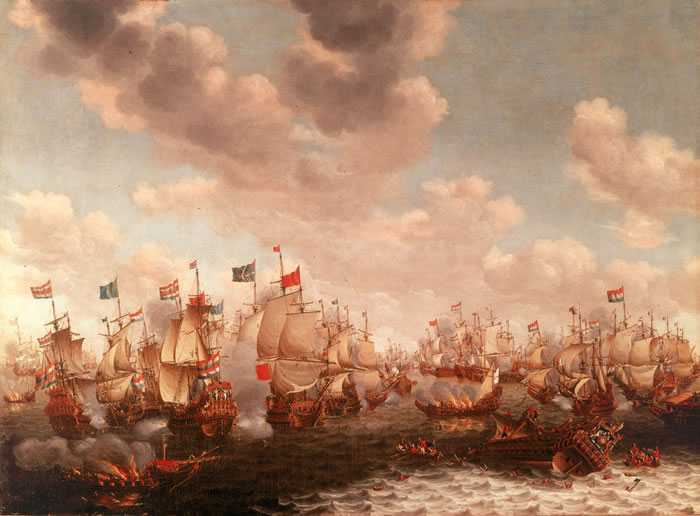
Monaco’s Princes had to have two key talents to thrive, military prowess and diplomatic skill — and it was to Louis’ I diplomatic skills that the Sun King would eventually turn for help in the most strategic foreign policy and diplomatic initiative of the time for France — positioning for the Spanish Succession. The Spanish Emperor Charles II of the Habsburg dynasty was childless and Louis XIV eyed bringing the Spanish Empire under French control by securing the Spanish throne for his own Bourbon family. This so threatened the balance of power in Europe that it would eventually lead to the War of the Spanish Succession among European powers. Austria and the British in particular feared the power of a union under one monarch of France and Spain. Late on in Louis’ reign as Prince of Monaco, the Sun King selected him for the much heralded high profile prestigious and key role of negotiating with the Pope on this «Succession» issue.
There is no doubt that Honoré II would have admired how his grandson Louis I had forged strongly ahead with cementing such close relations with France and the Sun King. It was all he could have hoped for, and more, for Monaco’s strategic positioning in Europe. On 5 July 1668 Louis I of Monaco took the oath to King Louis XIV of France in Parliament on account of being Duke of Valentinois and a Peer of France. Later, he was made a knight of the French royal orders on 31 December 1688.
There was one goal however that for a time eluded Prince Louis of Monaco — and that was the official designation in the Court of France of the title «Prince Étranger» reserved for a select few princes. No doubt it was for the prestige but any extra pillar signifying Monaco’s independence as a Princely power in its own right was strategically important.
Family Difficulties
In 1662, when Louis became a new Prince, his family returned to Monaco. Princess Catherine-Charlotte was bored there, she was missing the brilliant life in Versailles. Thankfully, from her perspective, after four years’ time the Grimaldis had to return to Paris where Catherine-Charlotte de Gramont sometimes played her role as mistress at the Versailles Court a little too close for comfort. Favoured by the King she was also wooed by other suitors, in particular by her cousin the Duke of Lauzun, much to the King’s annoyance — and sufficient to have the Duke sent to the famous Bastille prison for six months. It also caused the King to discontinue pursuing Prince Louis’ wife — and pause for years, due to his anger, from conferring extra titles on Prince Louis. Catherine-Charlotte always enjoyed the sophistication and grandeur of the Versailles Court over Monaco; Louis I was less at ease there and it impacted their personal relationship which deteriorated.
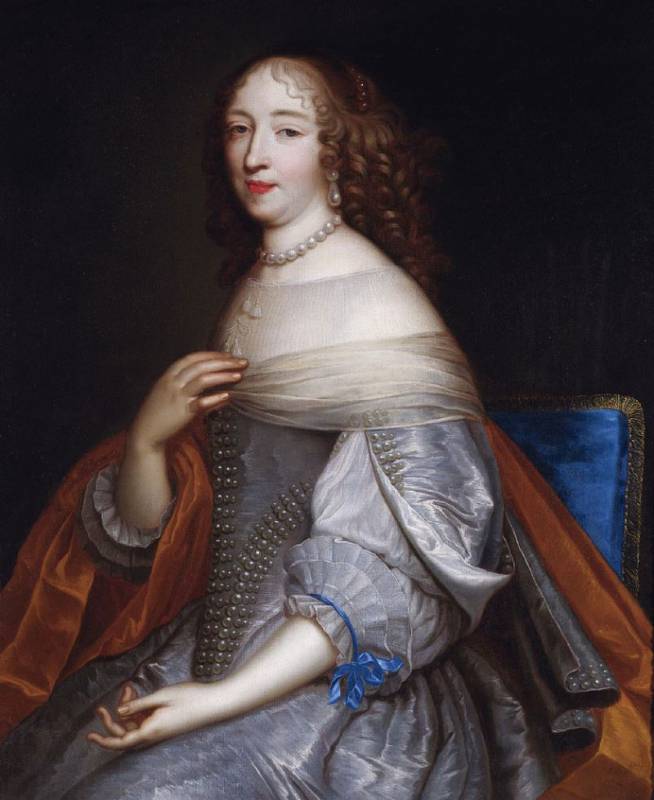
The family returned to Monaco where Catherine-Charlotte had a quiet life. Later Catherine-Charlotte and Louis I would separate, she leaving Monaco for Paris in 1672. Destiny would have it that six years later Catherine would die relatively young, aged 39, of chronic tuberculosis. With Louis I she had six children including the future Antonio I.
Diplomatic Career and Cherished Title
From 1699 onwards Prince Louis threw himself into his role in Rome as ambassador and go-between for Louis XIV with two Popes, Innocent XII and later Clement XI, with whom he had a more difficult relationship. The Spanish Succession was the thorniest issue of the times and would wear out the most skilled diplomat. It took its toll on Prince Louis I who did his utmost to woo and influence the Roman aristocracy and clergy that he all but bankrupted Monaco in the process. And it was in no small part due to Prince Louis I’s efforts that King Louis XIV won his case at the Vatican which saw his grandson Philip Bourbon, Duke of Anjou ascend the Spanish throne as King Philip V after the death of King Charles II of Spain. So, from November 1700 Spain was ruled by one of the French Bourbons.
Prince Louis, after two years of these exhausting negotiations would die in the first days of 1701 in Rome at the age of 58 after being dramatically despatched again by a relentless Louis XIV for yet more intense discussions with Pope Clement XI. But he would die with yet another strategic goal achieved for the Principality, in addition to advancing its legal code. He would secure Monaco’s alliance with France and keep in the good graces of Louis XIV by pledging his son and heir Antoine Duc de Valentinois, to marry Marie of the Imperial House of Lorraine in 1688, a match King Louis XIV himself arranged.
And he would die also with his goal achieved of receiving the rare title «Prince Étranger» to the Court of Versailles from his powerful friend King Louis XIV of France who would go on to outlive him by another 14 years.

